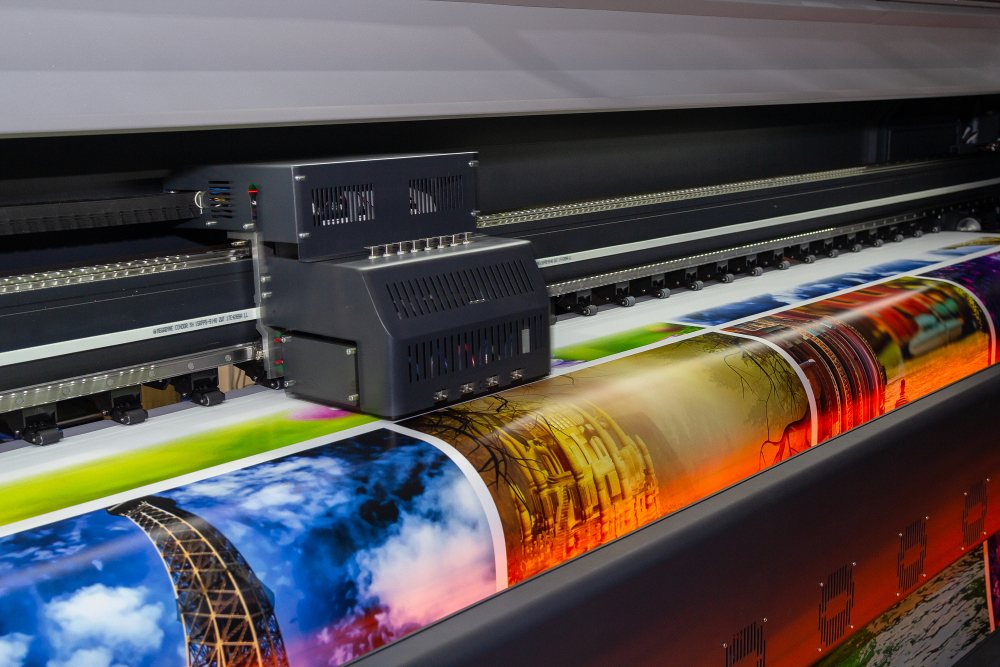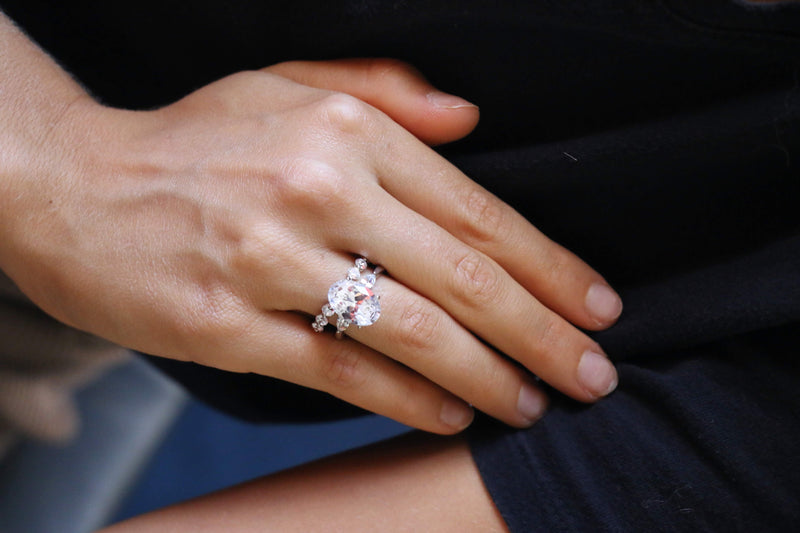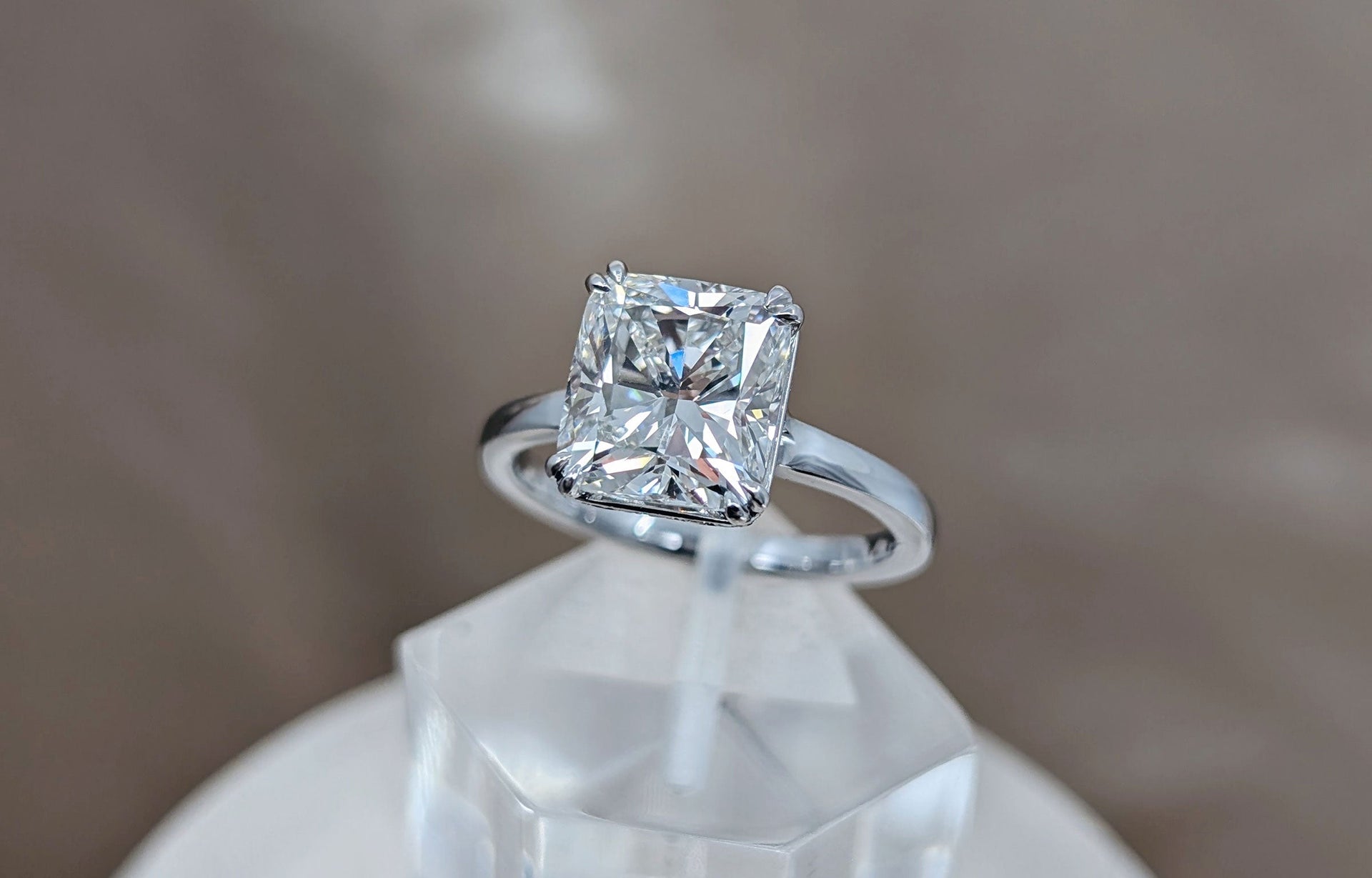In today’s professional landscape, the traditional suit-and-tie attire is gradually giving way to a more relaxed yet polished style known as business casual. This dress code offers men the opportunity to express their personal style while maintaining a professional appearance. However, navigating the nuances of business casual can be daunting. To help you navigate this sartorial terrain with confidence, let’s delve into what it means and how to master it.
Table of Contents
Understanding Business Casual
Business casual sits between the formality of traditional business attire and the casualness of everyday wear. It strikes a balance between professionalism and comfort, allowing individuals to feel at ease while projecting a polished image. Unlike formal business attire, which typically involves suits, ties, and dress shoes, business casual offers more flexibility in terms of clothing choices.
Key Components
1. Tops
Opt for collared shirts such as button-downs, polos, or tailored shirts. These should be well-fitted but not overly tight. Avoid loud patterns or excessively casual styles. Solid colors or subtle patterns like stripes or checks are usually safe choices.
2. Bottoms
Choose trousers that are tailored and well-fitted. Chinos, dress pants, or wool trousers in neutral colors like navy, grey, or khaki are versatile options. Avoid jeans unless they are explicitly allowed in your workplace’s dress code policy.
3. Footwear
Quality leather shoes are the go-to choice for business casual. Oxfords, loafers, or brogues in black or brown are timeless options that complement most outfits. Make sure your shoes are polished and in good condition.
4. Outerwear
Layering is key in business casual attire, especially in cooler weather. A well-fitted blazer or sports jacket can elevate your look without appearing too formal. Additionally, a tailored sweater or cardigan can add warmth and sophistication.
5. Accessories
Keep accessories minimal and tasteful. A quality leather belt that matches your shoes is a must. Consider adding a watch for a touch of refinement, but avoid overly flashy or sporty styles. Ties are generally optional in business casual settings but can be added for a more polished look if desired.
Dos and Don’ts
Dos:
- Invest in quality pieces that fit well and are made from durable materials.
- Pay attention to grooming and hygiene. Well-kept hair, trimmed nails, and clean shoes are essential.
- Observe the dress code of your workplace and adjust your attire accordingly.
- Experiment with colors and textures to add interest to your outfits while still maintaining a professional appearance.
Don’ts:
- Avoid clothing that is too tight, baggy, or wrinkled.
- Steer clear of overly casual items such as T-shirts, sweatpants, or sneakers.
- Skip loud or distracting patterns and opt for more subtle designs instead.
- Don’t overlook the importance of proper fit. Ill-fitting clothing can detract from your overall look and undermine your professionalism.
Adapting to Different Environments
While the basic principles of business casual remain consistent, it’s essential to adapt your attire to suit the specific environment and occasion. A more creative or relaxed workplace may allow for slightly more casual attire, whereas a conservative corporate setting may require a more traditional approach thomsonchemmanoor.com/.
Final Thoughts
Mastering the art of business casual requires attention to detail, a sense of style, and an understanding of professional norms. By carefully selecting high-quality garments that fit well and complement each other, you can exude confidence and professionalism in any business casual setting. Remember, dressing well is not just about making a good impression on others; it’s also about feeling your best and projecting the image you want to convey in the workplace. With the right approach, you can navigate the world of business casual with ease and flair.








_3-6.jpg)
